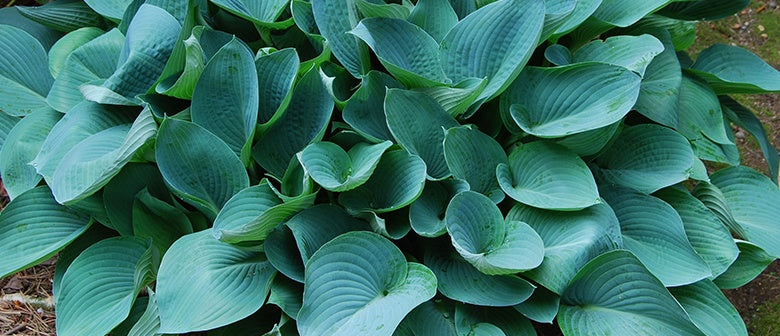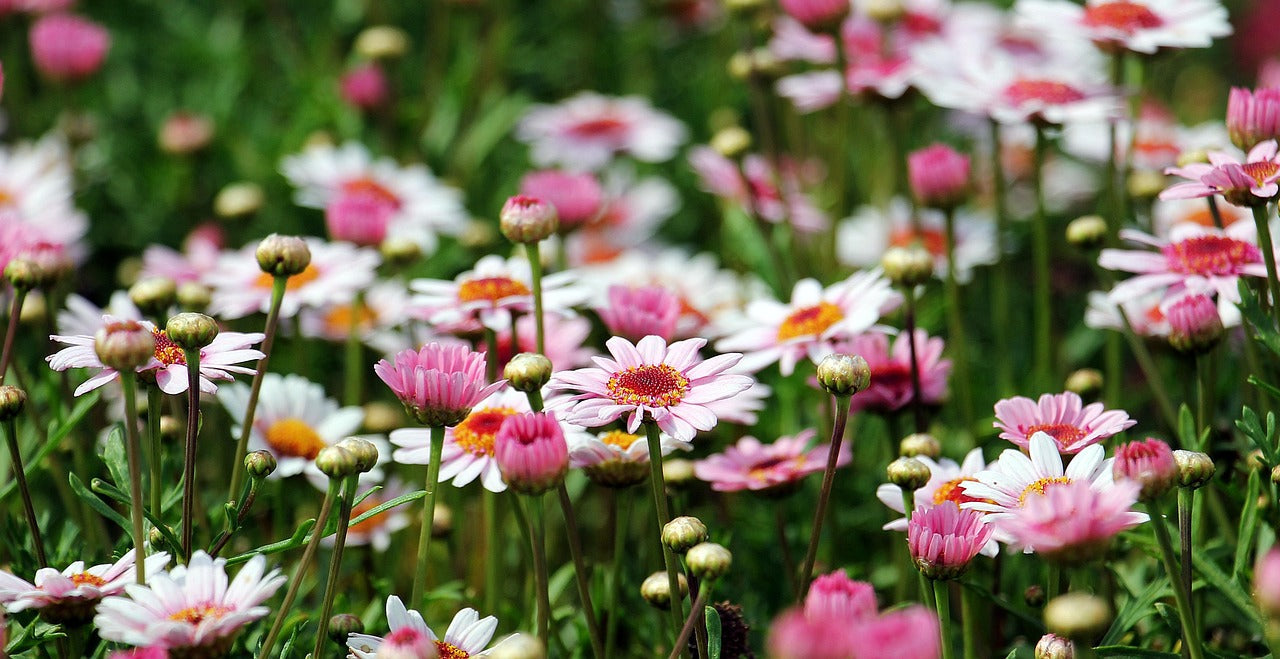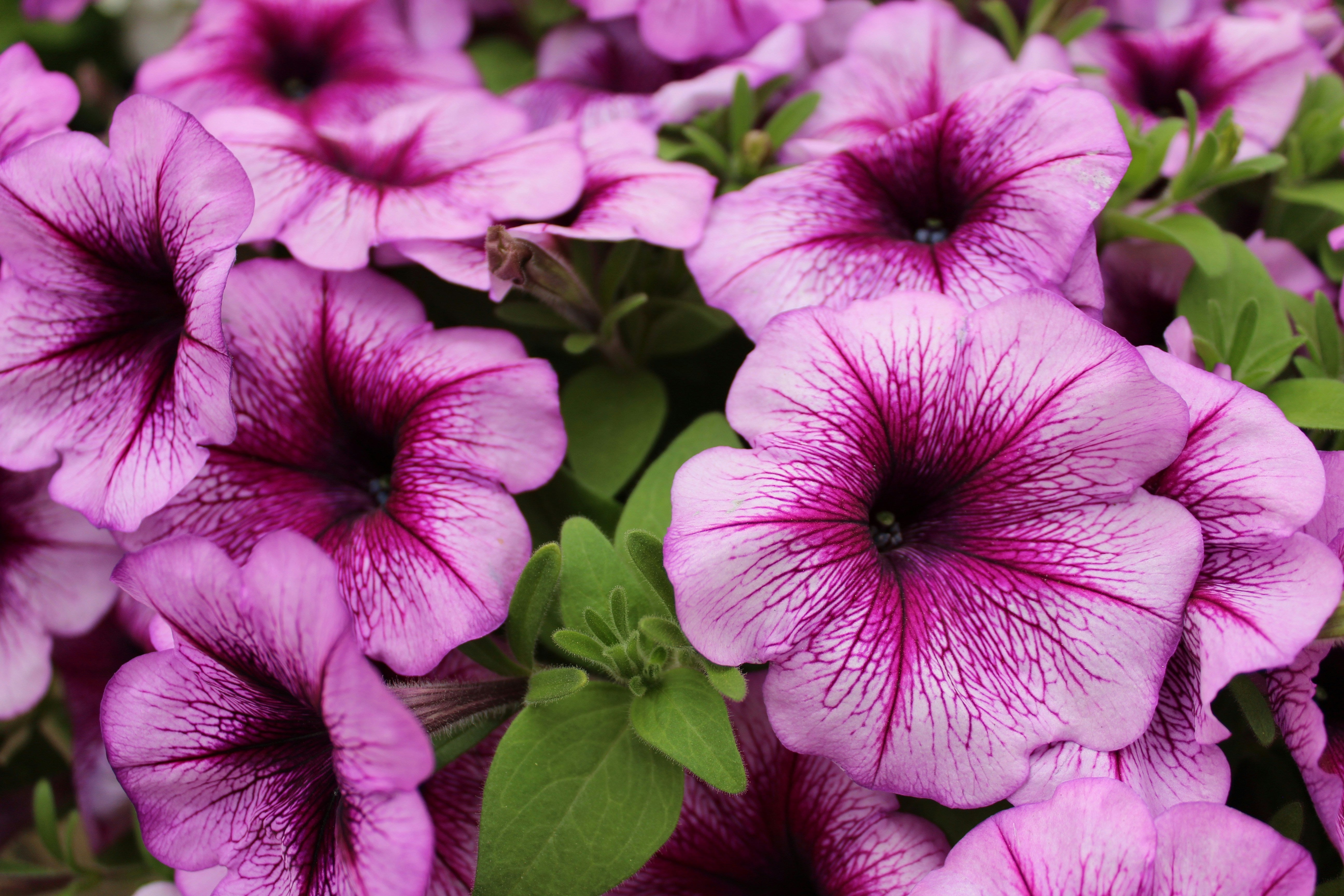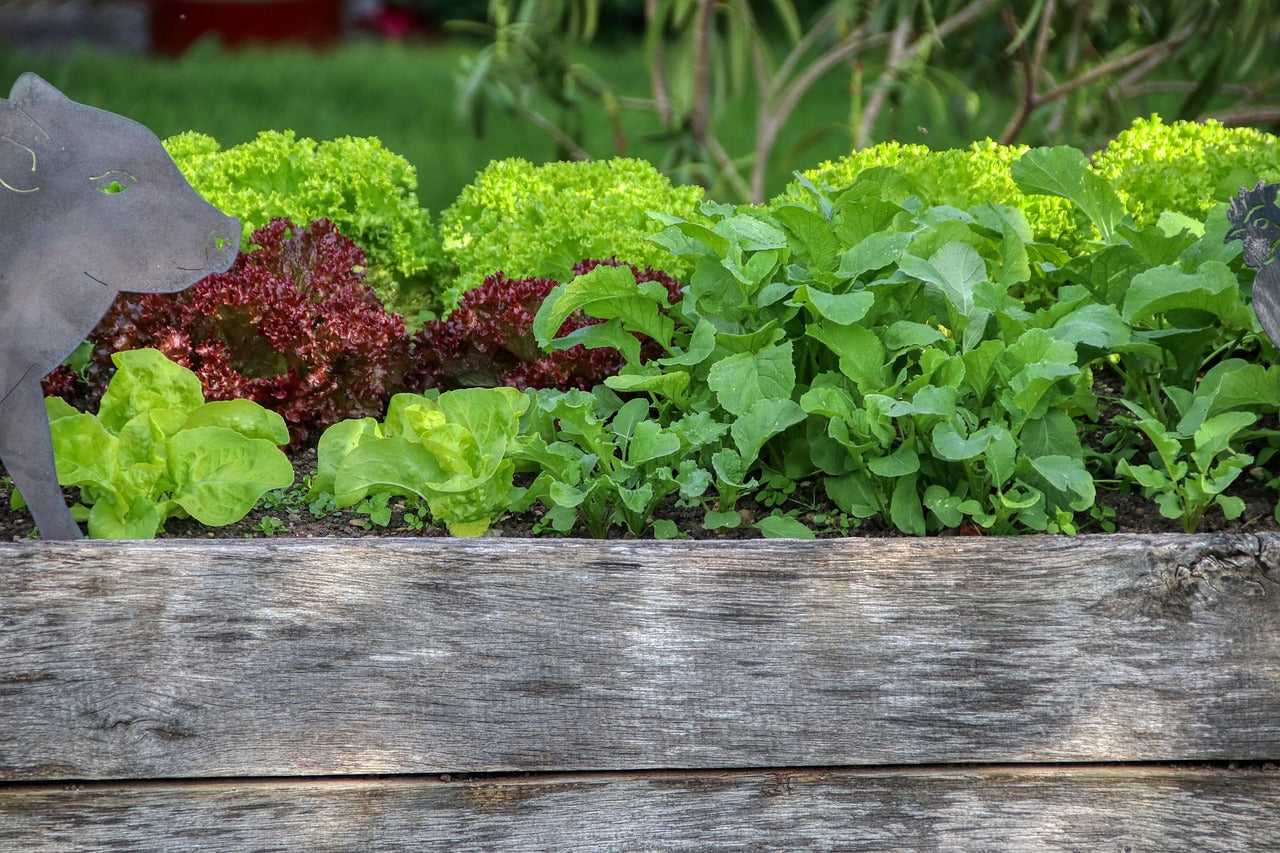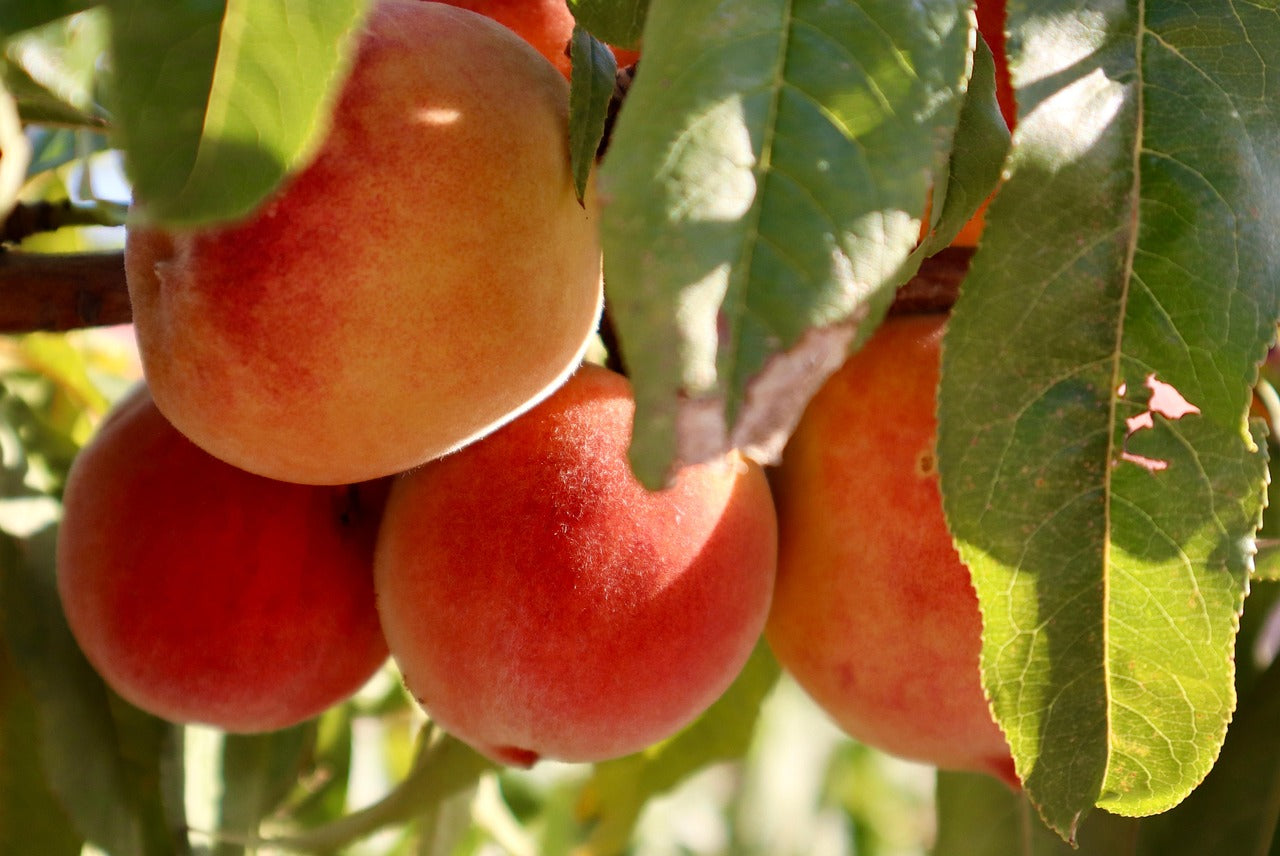Growing Hostas
Hostas are gorgeous, shade-tolerant foliage plants, boasting large waxy leaves and a variety of foliage colours. Traditionally grown outside as a perennial plant, they can also make great houseplants when grown in the correct conditions. Whether inside or outside, with a little bit of love and the right conditions your hostas are sure to thrive! To help you on your journey we’ve shared our top tips for keeping your hostas healthy and happy.
If you are growing hostas we’d love to see! Share your picture with us on Instagram by tagging @palmersnz and #palmersplants
Growing Hosta Outdoors
Light
Hostas are a true shade-tolerant plant, often used to fill spaces below large trees where other plants may not survive. Many varieties of hosta grow best when they receive dappled or partial sun for a few hours each day. For varieties with green and yellow variegated leaves, exposure to the morning sun will help enhance the yellow colouring. Different varieties of hosta have different light requirements, we recommend checking out what your specific variety requires when choosing where to plant. If your leaves are developing brown tips, faded areas or if the colour is getting dull then it is likely your plant is getting too much sun.
Soil
Hostas will handle most types of soil, provided they are well-draining. We do not advise planting directly into a heavy soil like clay as it holds too much moisture.
Water
We recommend watering as needed to keep the soil moist but not wet. Once your plant is established it can tolerate periods of occasionally dry soil but will not be drought tolerant. Water near the base of the plant as opposed to watering from above as this can potentially attract slugs and snails.
Snails/Slugs
Slugs and snails love hostas almost as much as we do! Slugs and snails can cause holes in their leaves or even kill plants if left untreated. We recommended keeping some slug or snail bait, such as Tui Quash handy so you are ready to go if needed.
Fertiliser
The easiest way to feed your hostas is by adding a generous amount of compost to the soil in Spring. You can also feed your plants with a organic fertiliser after planting or in spring. Be careful to not get any fertiliser granules trapped in the leaves as this can burn them.
Growing Hosta Indoors
Light
Similarly to your outdoor hostas, the amount of light your plant needs will depend on the variety and it’s requirements. As a general rule, hostas enjoy shade so we recommend placing them in a position that does not receive any full sun throughout the day.
Water
When grown in containers, hostas will require plenty of water. We recommend keeping them moist at all times but not wet. As a general rule you can water when the top inch of soil is starting to dry out. Increase frequency in summer and ensure that your pot has adequate drainage.
Temperature/Humidity
Indoor temperatures that are comfortable for you will be fine for your plant. We do recommend keeping your hosta away from any aircon or heating units as it will not enjoy extreme temperature shifts.
Fertiliser
Because your hostas needs to be watered frequently it will lose nutrients at a faster rate and therefore needs to be fertilised more often. We recommend using a slow-release fertiliser at the beginning of the growing season and then every 2nd week. Stop fertilising roughly four months before your plant goes into dormancy to help harden the hosta.
If you’re looking at growing a shade garden at home, check out our how to guide here

